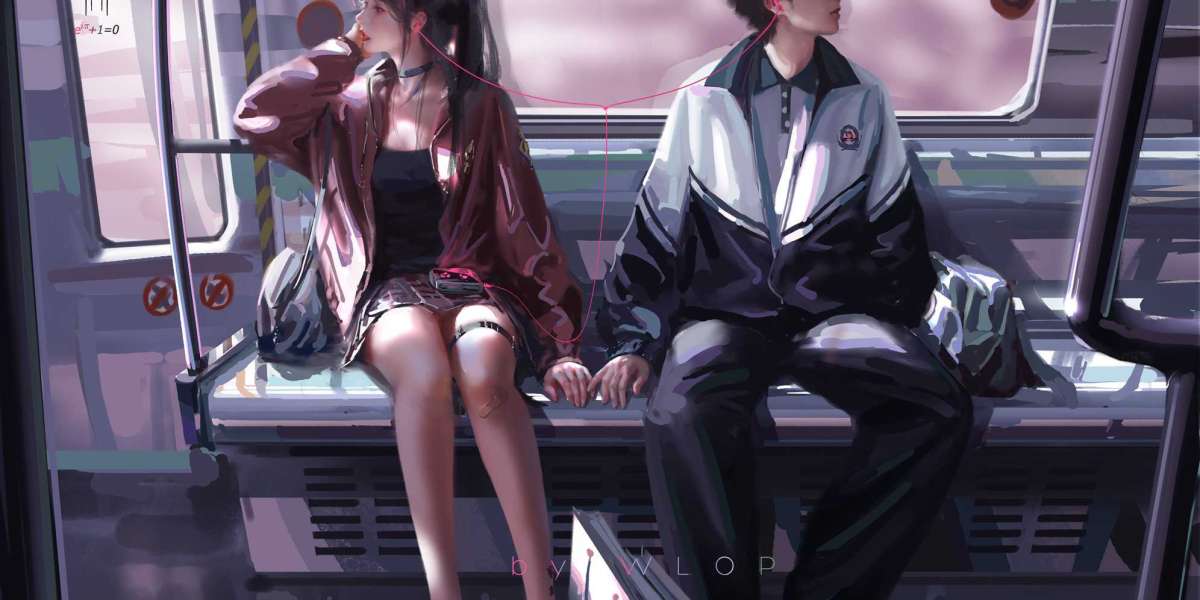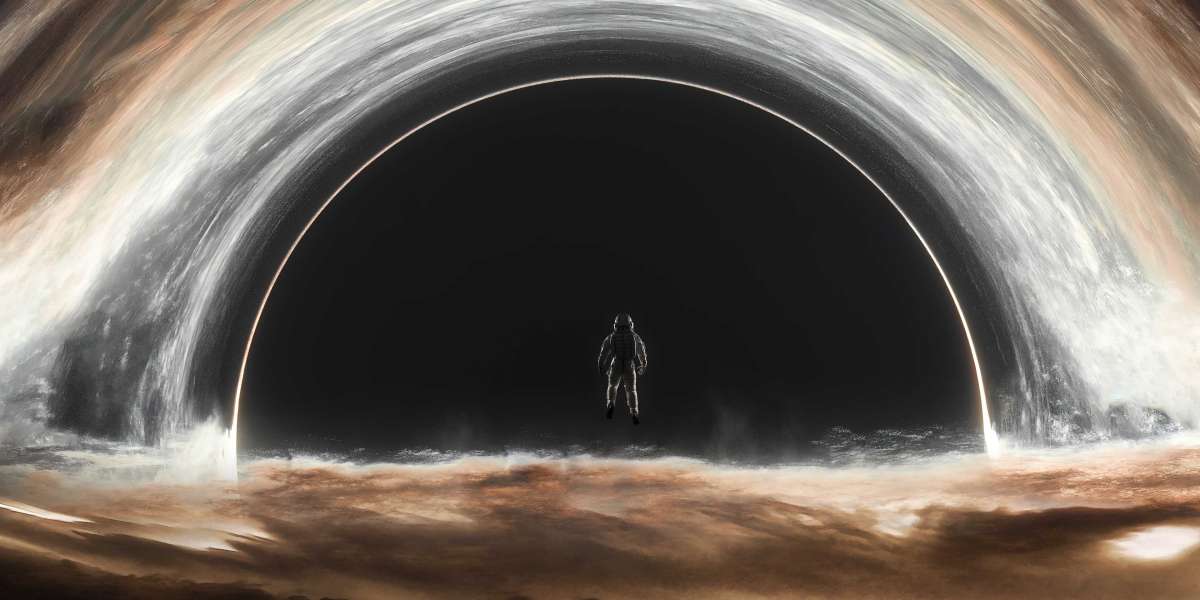When it comes to lighting up your home, LED light fittings are the modern, energy-efficient way to go. Not only do they consume less electricity, last longer and are highly customizable, but they are also better for the environment. If you are new to LED lighting, here's what you need to know about LED light fittings.
What are LED light fittings?
LED stands for Light Emitting Diode, which is a semiconductor device that emits light when an electric current is passed through it. LED light fittings are made up of several LED chips that are packaged in a bulb or tube. These luminaries can range from small, low-wattage bulbs for personal use to large, high output lighting fixtures for commercial purposes.
Why choose LED light fittings?
LED light fittings offer several advantages over traditional incandescent or fluorescent bulbs, including:
- Energy efficiency: LED lights use up to 80% less energy than incandescent bulbs, translating to lower energy bills and reduced carbon footprint.
- Long lifespan: LED bulbs have a lifespan of up to 50,000 hours, which is several times longer than incandescent or fluorescent bulbs. This means less frequent bulb replacement, reducing waste and cost.
- Versatility: LED lights come in a variety of shapes, sizes, and colors, making them perfect for any lighting need. They can also be easily dimmed, and can change colors based on specific needs, such as relaxing, reading, or concentrating.
- Safety: LED bulbs emit minimal heat, reducing the risk of fire or burns. They also contain no harmful chemicals such as mercury, which makes them safer for both people and the environment.
What types of LED light fittings are available?
LED light fittings are available in a wide variety of types and styles for different needs, including:
- LED bulbs: These are the most common type of LED light fittings, and can be directly installed into most light fixtures. They come with various base types including Edison, bayonet, or GU10.
- LED strip lights: These are flexible tape-like lights that can be cut to your desired length. They are often used for under-cabinet and cove lighting.
- LED downlights: These are recessed lights that are installed into the ceiling or soffit, and provide general or task lighting. They are perfect for use in bathrooms, kitchens, and hallways.
- LED tube lights: These are long, thin tubes that can replace traditional fluorescent tubes. They are ideal for use in commercial settings such as offices, schools, and hospitals.
- LED flood and spotlights: These lights are designed to provide high-intensity, focused lighting for outdoor or indoor use. They are perfect for illuminating landscaping, trees, or outdoor spaces.
Factors to consider when choosing LED light fittings
When choosing LED light fittings, there are several factors to consider, including:
- Brightness: LED lights come in different brightness levels, measured in lumens. The higher the lumens, the brighter the light. Choose a brightness level that suits your needs and preference.
- Color temperature: LED lights come in various color temperatures, measured in Kelvin. Lower temperatures are warmer and yellow-toned, while higher temperatures are cooler and bluer. Choose a color temperature that complements your décor and mood.
- Wattage: Choose a wattage that corresponds to your desired amount of light output. LED lights typically use less wattage than incandescent bulbs for the same light output.
- Dimming capability: Not all LED lights are dimmable. If you want to be able to control the brightness of your lights, look for LED bulbs that are labeled as dimmable.
In Conclusion
LED light fittings are a smart choice for anyone looking for energy-efficient, low-maintenance, and versatile lighting solutions. Whether you are considering upgrading the lighting in your home or workplace, make LED your first and only choice. With the variety of options and features available, you can achieve the ideal lighting to suit your needs and style.








